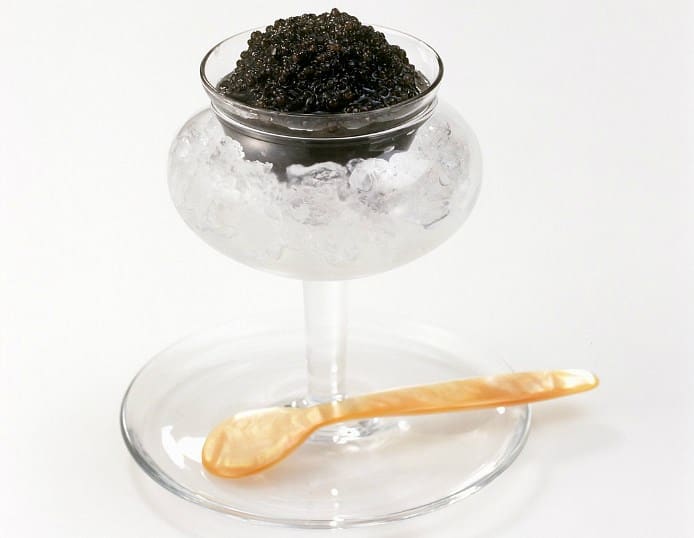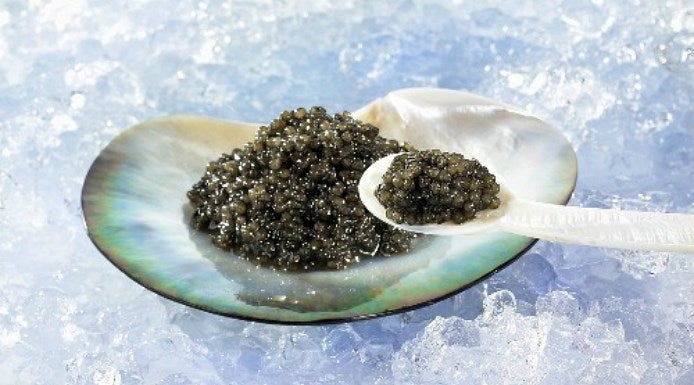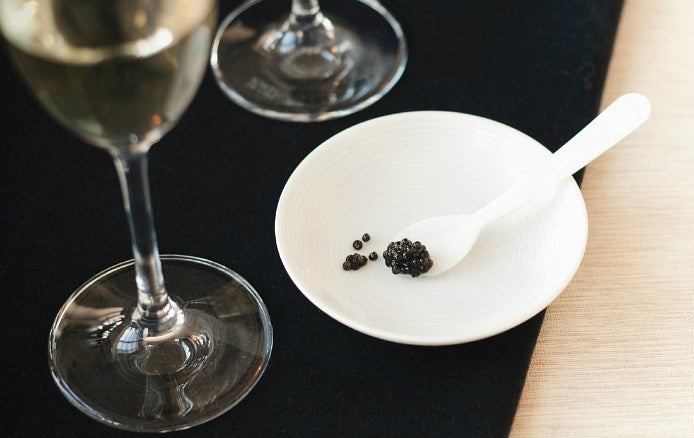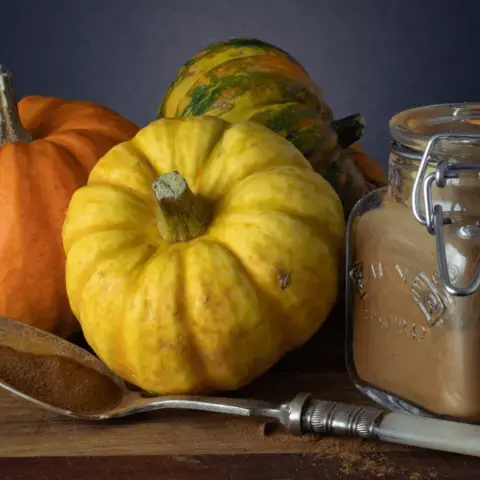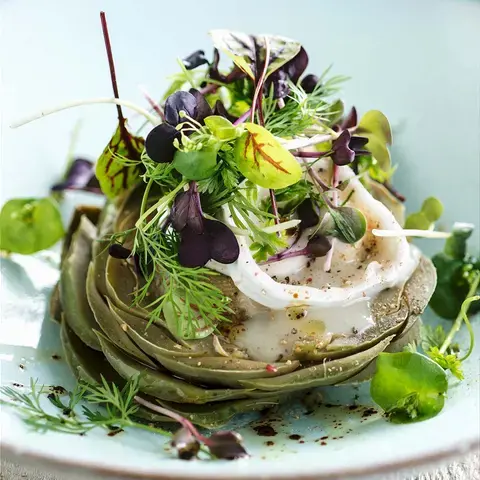Now, moving closer to the serving table, take notice of how large the spheres of the eggs are: the larger, shinier and more perfect they are, the higher they are in quality. A clearer colour black is more precious. Now collect a small spoonful, take a whiff. A faint scent of seaweed should be the absolute most you should smell: caviar should not smell of fish. And it shouldn’t be all that salty either.
Every single tiny egg should be like a juicy sphere whose only aim is to explode onto your palate, giving you a tiny burst of ecstasy that should last no longer than a couple of minutes.
If, instead, you are the ones who are presenting your hosts or guests with this special gift, keep in mind that the highest quality is called Almas, which means “diamond” in Russian. Fished in the Caspian Sea from the Beluga sturgeon: this is, hands down, the Rolls Royce of caviars, in a category all its own. This variety is sold only by London’s Caviar House and is packaged in a round, 24 karat gold box, costing around 40,000 euros per kilo. Luckily, it’s sold by the gram.

